Hook: When the dhol echoes, and the air smells of jasmine and ghee, Maharashtra knows — Navratri has arrived.
Navratri, meaning “nine nights,” is a festival of cosmic rhythm, feminine energy, and spiritual awakening. Across India, it takes on many forms, but in Maharashtra, Navratri is a beautiful blend of bhakti (devotion), sanskriti (culture), and samajikta (community spirit).
Maharashtrians welcome this festival not just as a religious observance, but as a vibrant lifestyle shift — a time to reconnect with roots, values, and inner energy, known as Shakti.
Key Elements of Navratri in Maharashtra
1. Ghatasthapana (घटस्थापना) – The Sacred Beginning
- Marks the first day of Navratri, invoking Goddess Durga’s presence.
- A copper or clay kalash (ghat) filled with water, grains, and topped with a coconut is installed.
- Worshipped for nine days as a symbol of abundance, purity, and divine energy.
2. Navdurga Worship – 9 Forms of Devi
- Each day is dedicated to one of the nine avatars of Durga (Shailputri, Brahmacharini, Chandraghanta, etc.).
- Devotees offer different flowers, colors, and foods based on the day’s goddess.
- Special fasts (upvas) are observed with vrat-friendly food like sabudana khichdi, rajgira thalipeeth, and danyachi amti.
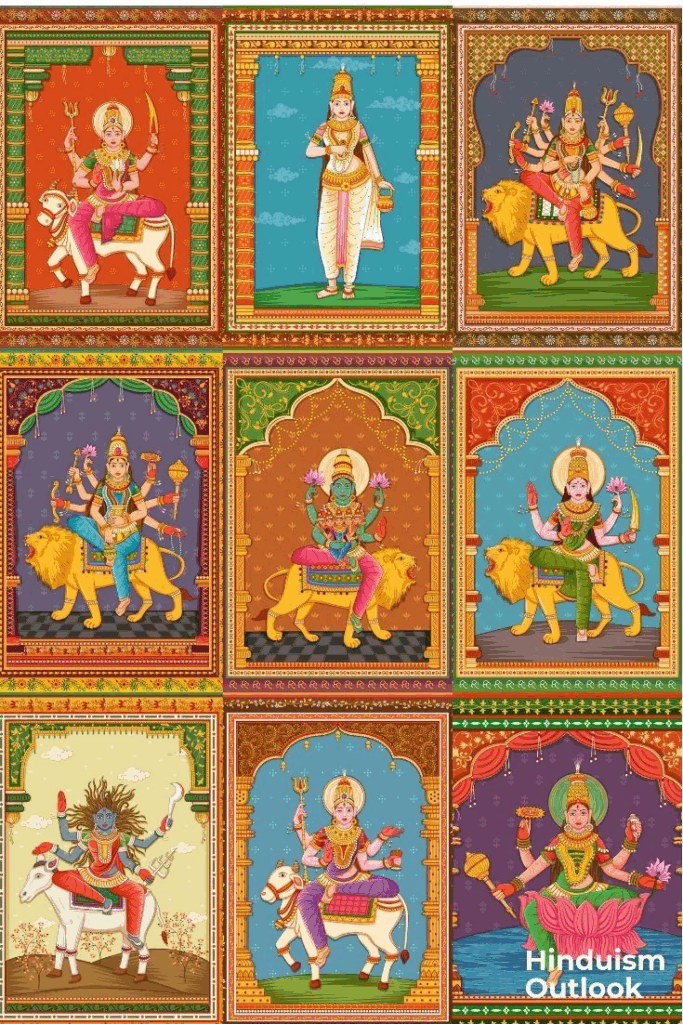
3. Nauvari Sarees & Color Codes
- Women wear Nauvari sarees (nine-yard drapes) symbolizing strength and elegance.
- Each day of Navratri is marked by a specific color, like red for power, blue for wisdom, yellow for joy, etc.
- Even schools, offices, and public spaces follow the color code — a reflection of unity in celebration.
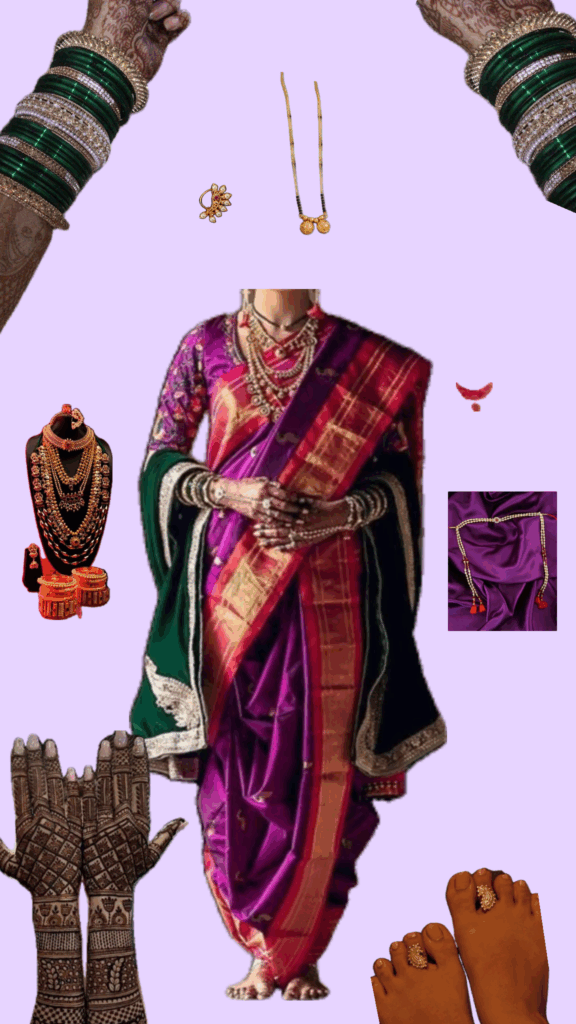
4. Garba, Dandiya, and Cultural Nights
- Although Garba and Dandiya originate in Gujarat, they’re enthusiastically adopted in Maharashtra, especially in cities like Mumbai, Pune, and Nashik.
- Societies organize cultural evenings, blending lavani, folk songs, and bhajans with traditional dances.
- Dhol-tasha pathaks often perform, bringing a Maratha warrior energy to the spiritual fervor.
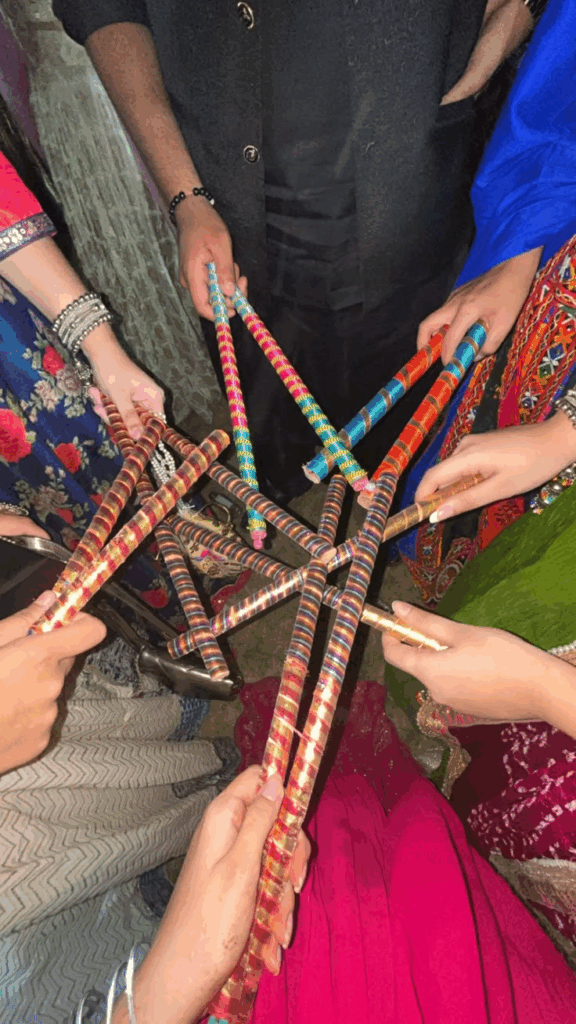
5. Community and Charity
- Navratri is a time for annadan (food donation), clothes distribution, and free medical camps in rural areas.
- Women-centric celebrations, such as Haldi-Kunku gatherings, highlight female strength and sisterhood.
6. Vrat Cuisine – Fasting That Nourishes
- Fasting meals include variche tandul, sabudana vada, batatyachi bhaji, and sweets like lauki halwa.
- Rock salt replaces regular salt, and the meals are satvik (pure, no onion/garlic) — enhancing spiritual discipline.
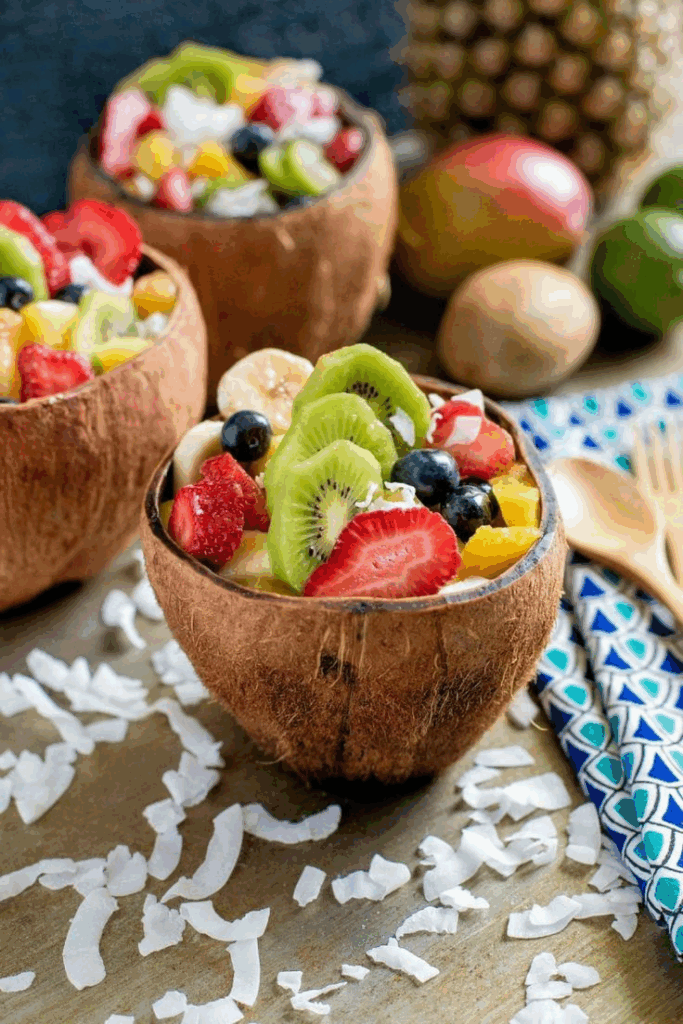
7. Vijayadashami – The Triumphant Conclusion
- The 10th day, Dussehra, marks the victory of good over evil, symbolizing Goddess Durga’s win over Mahishasura.
- In some regions, symbolic weapon worship (Ayudha Puja) is performed.
- People exchange apta tree leaves (called sona/gold) and say:
“सोनं घ्या, सोन्यासारखं वागा!” (Take gold, and live like gold — with value and purity.)
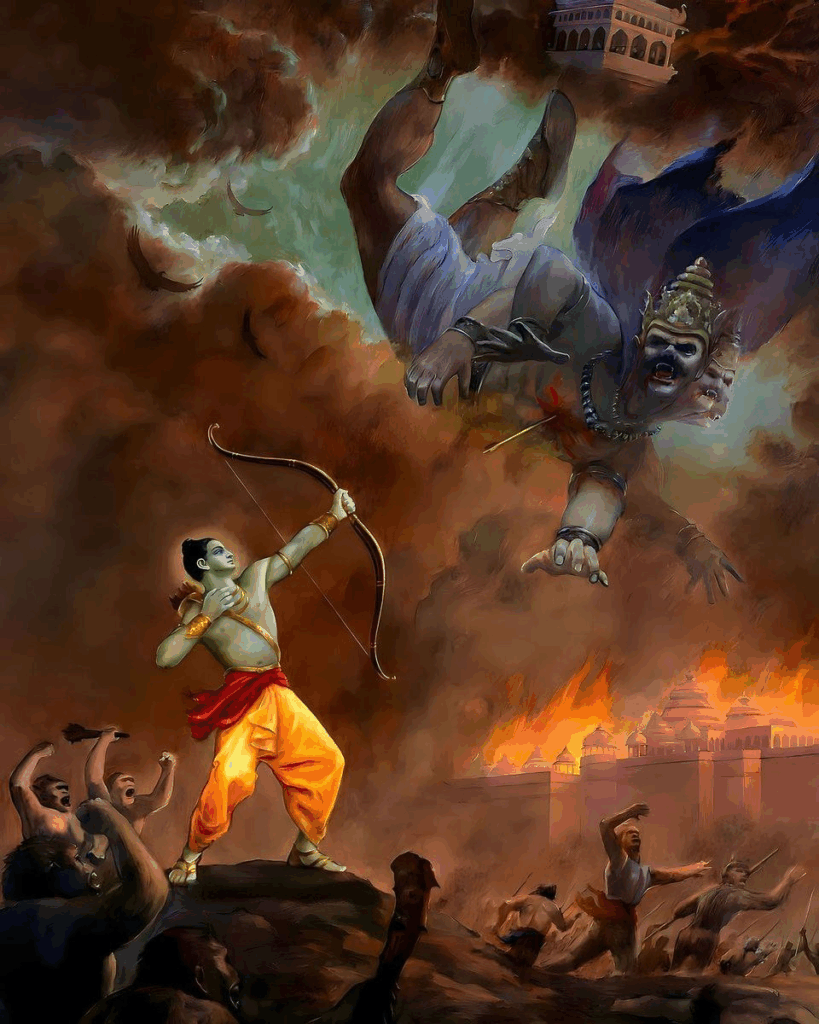
Final Thoughts
In Maharashtra, Navratri is more than a festival. It’s a nine-day spiritual journey where homes are temples, kitchens are sanctuaries, and every drumbeat is a heartbeat of tradition.
It binds generations — from aajis to aatya, from balgeet to bhajans — in a collective celebration of the power within and around us.
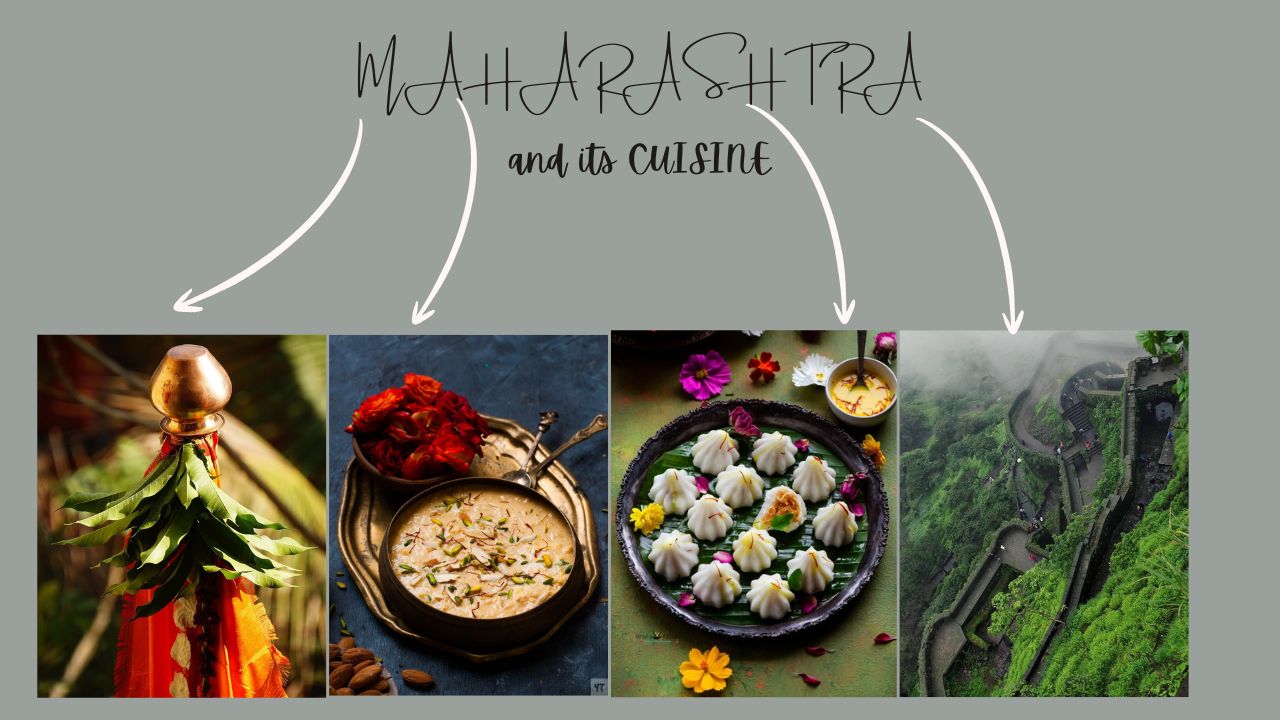
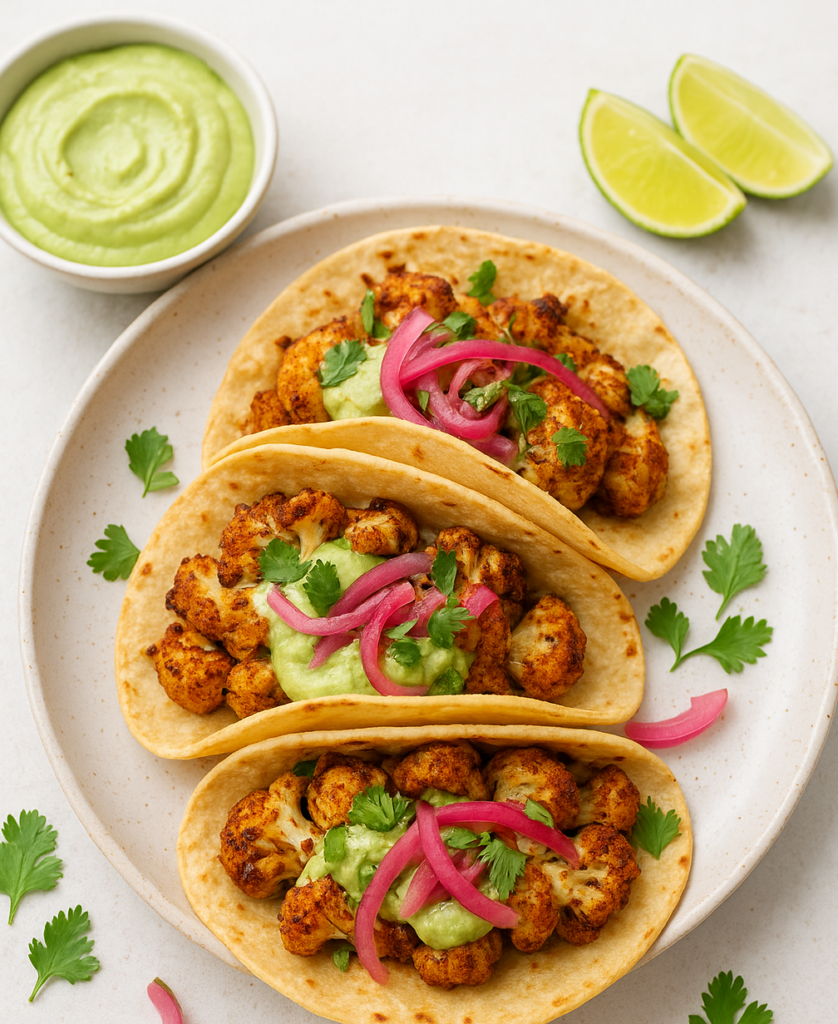
No responses yet